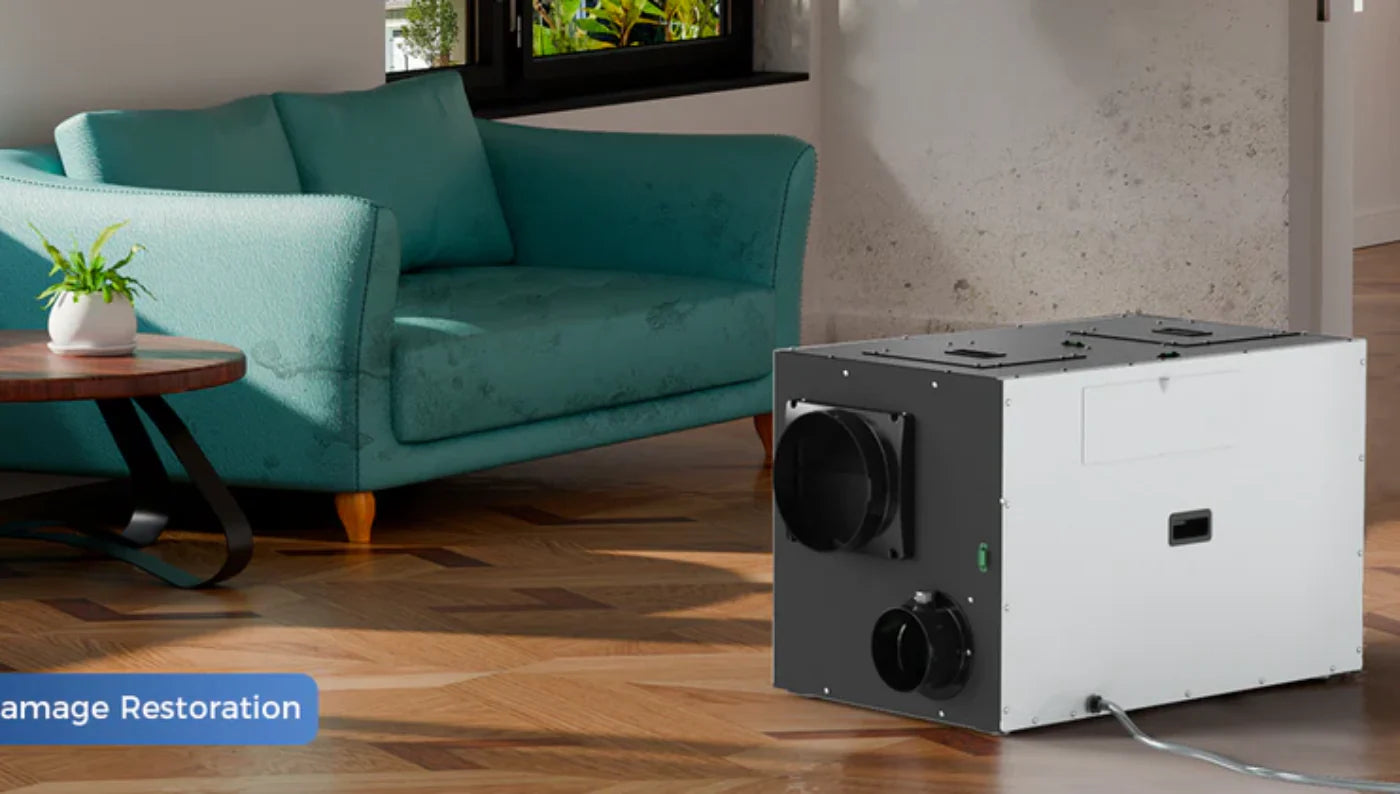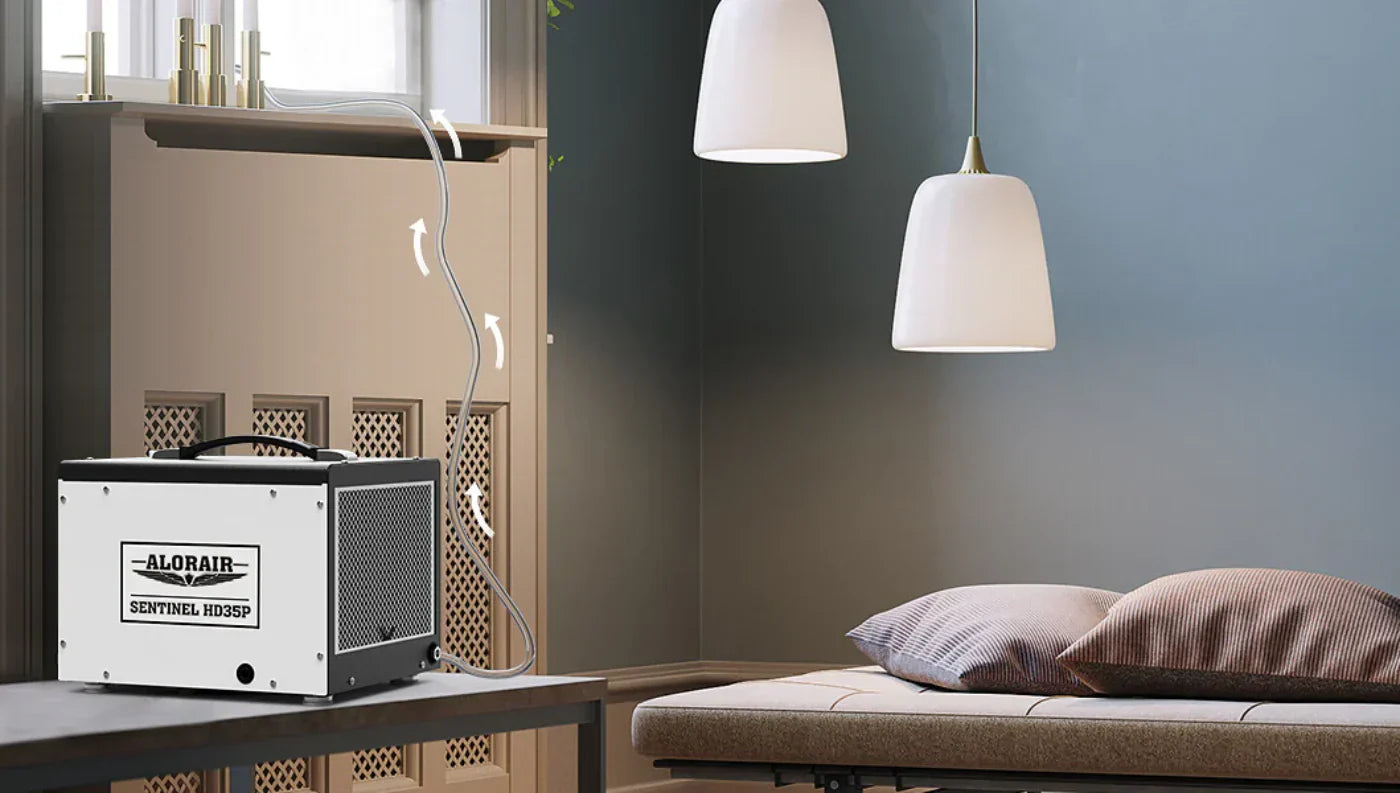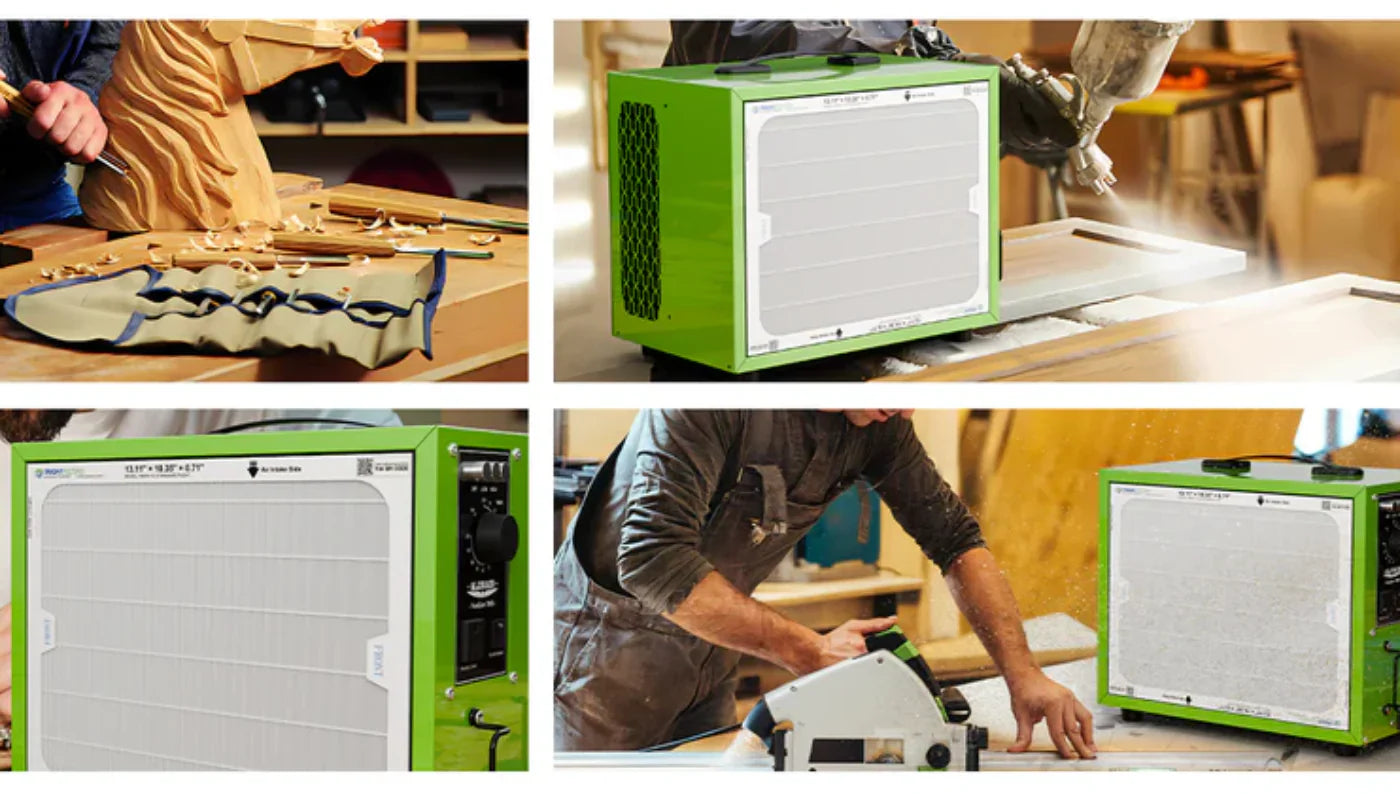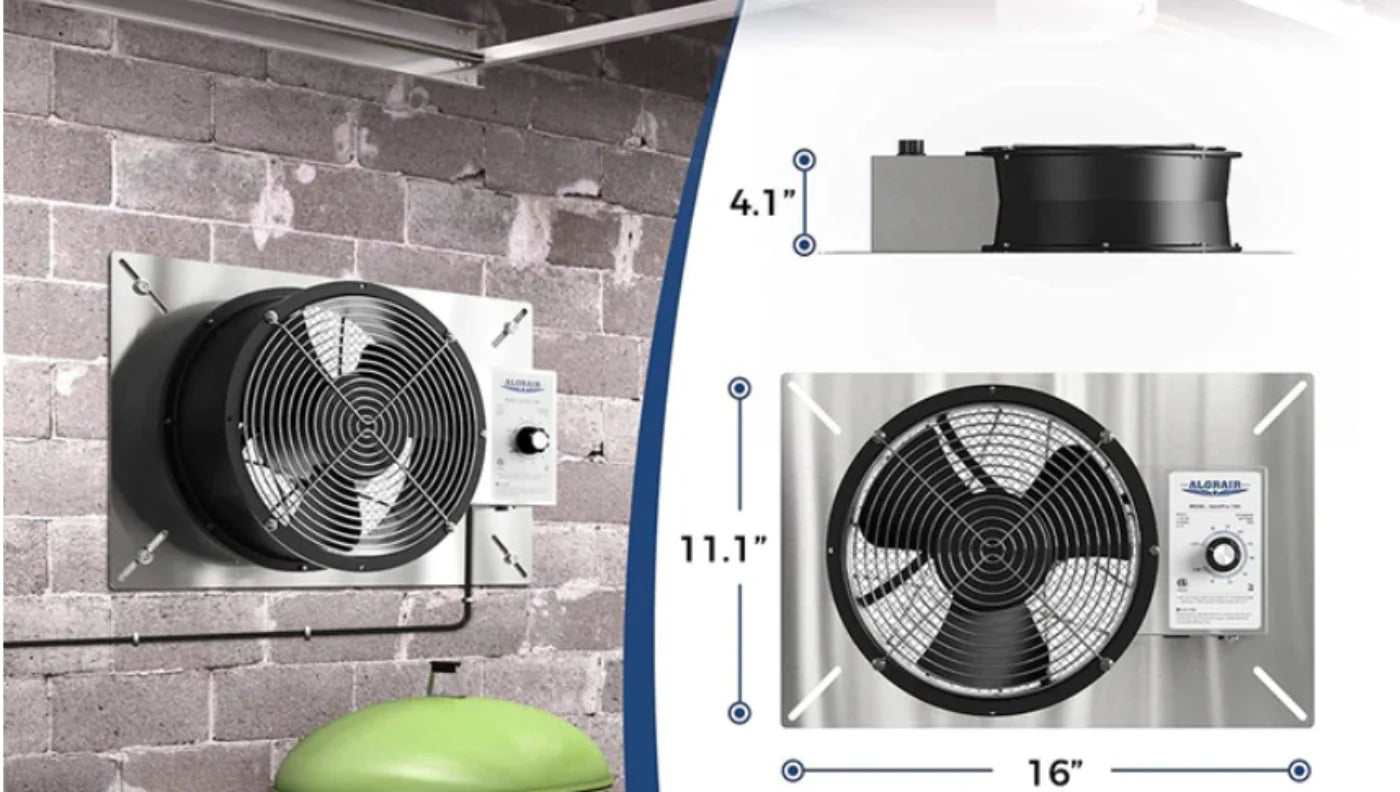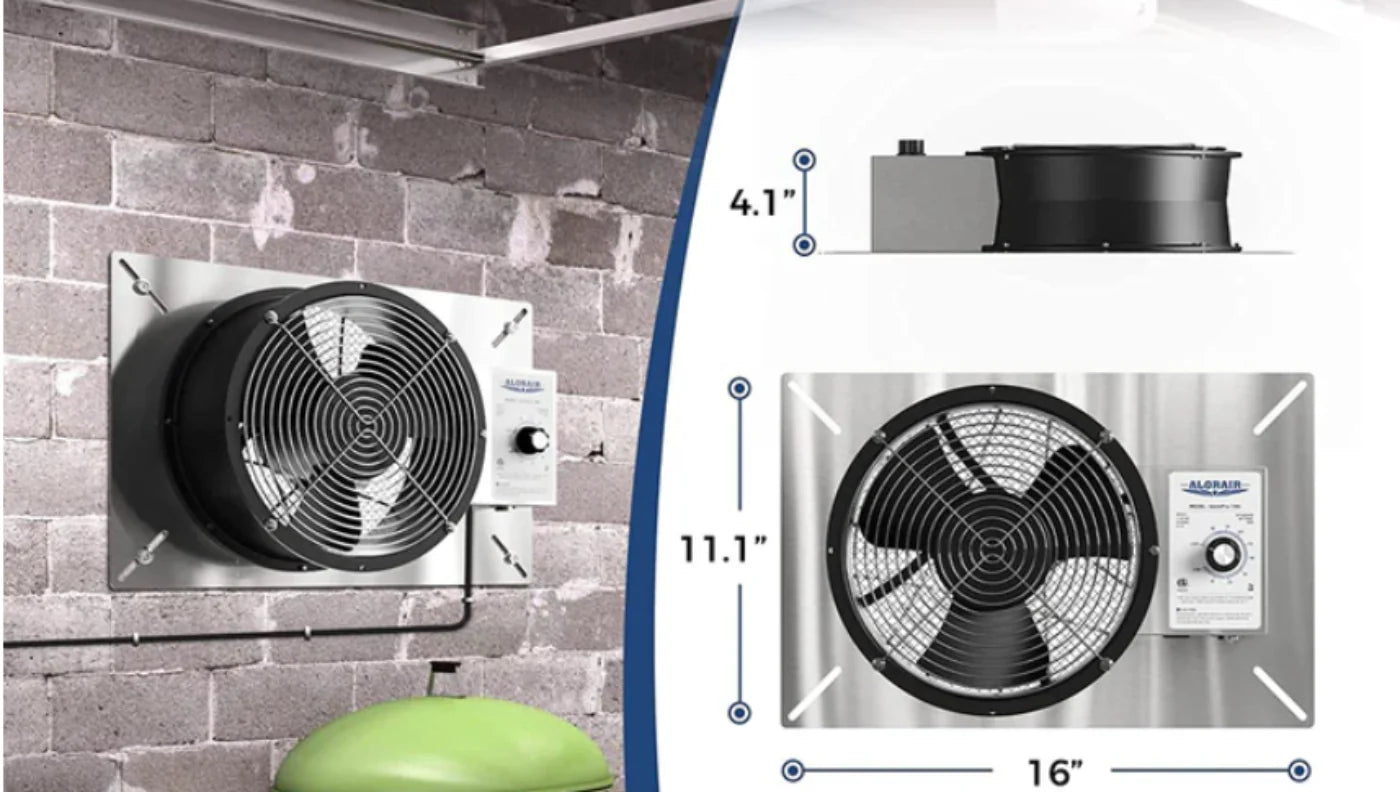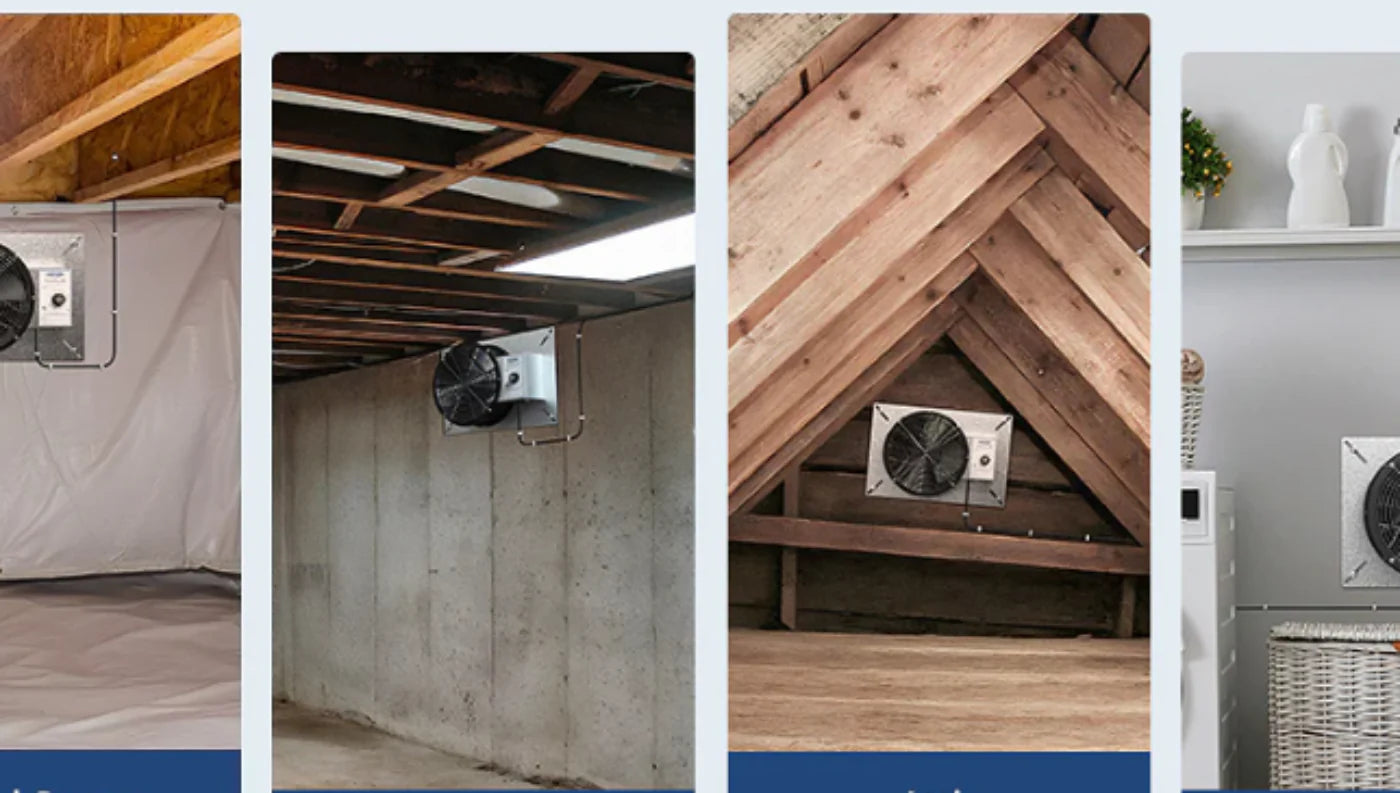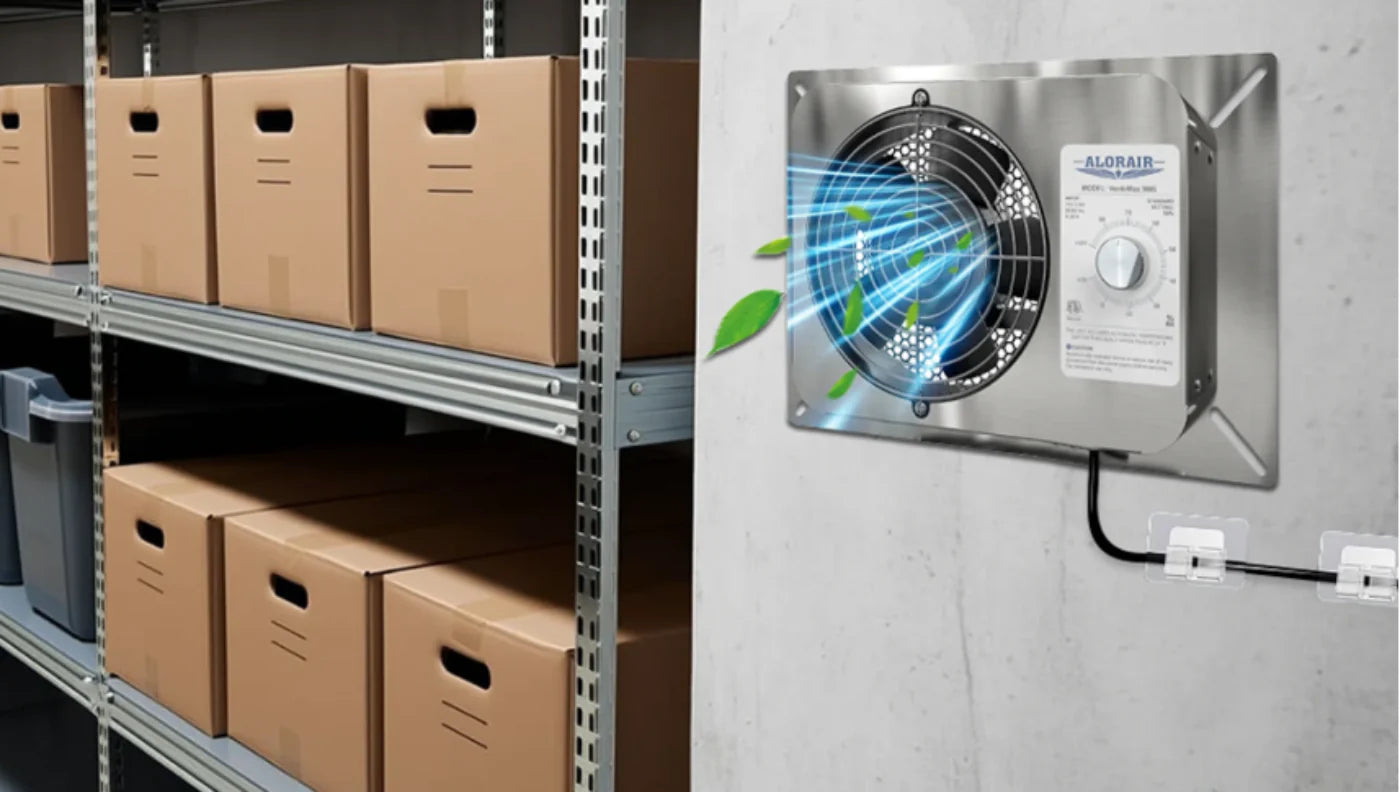A dehumidifier in your bedroom can improve your sleep quality by drawing excessive humidity from the air. High humidity can disturb sleep and provoke health problems. Benefits of a dehumidifier while sleeping include enhanced comfort, lowered irritants, and good air quality.
Operating a dehumidifier overnight assists in controlling bedroom humidity, making it simpler to breathe and sleep. Several studies verify that keeping indoor relative humidity between 45-50% improves falling asleep and the depth of sleep. This post describes the benefits of dehumidifier in bedroom, and answers crucial questions such as, is it safe to use a dehumidifier while sleeping?
Key Benefits of Using a Dehumidifier While Sleeping
A top-notch bedroom dehumidifier can become your best friend while sleeping, just like owning a sleep protector that maintains the perfect air quality while you get some shut-eye. Here are the key benefits of sleeping with dehumidifier:
Better Sleep Quality
Increased humidity helps avoid sweat from drying, resulting in irritation and constant awakenings. According to Sleep Foundation research, the stabilized humidity aids people in falling asleep quickly.
Moreover, excessive dampness upsets REM sleep and boosts insomnia. Researches indicate increased humidity levels can shorten the deep sleep duration by 30%. This is the reason you could feel like a zombie at dawn.

Reduces Allergens and Asthma Triggers
Mold germs and dust mites grow over 60% relative humidity (RH). That said, sleeping with dehumidifier lowers this possibility by reducing indoor humidity. Studies reveal that dehumidifier usage in bedrooms lessens allergen populations, improving signs of allergy and asthma patients.
Prevents Musty Odors and Mold Growth
Humid air promotes mold, particularly in older basements or houses. Operating a dehumidifier while sleeping assists in preventing mold buildup and damp smells.
Professionals at Jone Hopkins notice that humidity management in bedrooms and crawl spaces is key to avoiding bacteria and mold.
Improves Respiratory Health Overnight
Reduced humidity enhances airway ease by lowering bacteria and allergens in the air. Sleep environments with 40-50% RH help breathing and decrease sinus irritation. This is specifically significant for those with sleep apnea or long-term respiratory problems.
Preserve Your Sleep Expenditure
You must’ve observed that a humid bedroom always feels disturbing, and the mattress feels off, too. Take note: a dehumidifier is not just any other tool; it’s your bedroom's good friend in case of moisture harm.
The mattress is worth hundreds or thousands of dollars; however, extra humidity can make it a breeding place for allergens and mold quicker than you expect. The lifespan of a quality mattress is 7-10 years, but too much humidity can shorten its life by half. Besides, excessive moisture can impair wood furniture and electronic devices shortly.
Aside from that, it can also generate a muggy odor in the wardrobe, and no one likes putting on clothes with a bad smell.
Why Humidity Matters at Night?
Appropriate humidity refines your sleep atmosphere and overall well-being. The optimal humidity range is 40-50%. Indoor humidity within this range aids cooling off, protects breathing ease, and helps avoid dust mite growth.
The majority of HVAC professionals endorse maintaining bedroom dampness between 30% to 50% for good sleep. Too humid air disturbs sleep and causes sweating and shortness of breath. That said, excessively drying the air might cause itchy skin, dry throat, and nasal disturbance. These states can upset sleep and lower comfort.
Knowing the purpose of dehumidifier in bedroom and pursuing balanced dampness can help avoid these issues.
Is Your Bedroom Too Humid? Here’s How to Tell
Extreme indoor humidity can impact your sleep quality and well-being at night. Below are the signs that show when it’s time to benefits of dehumidifier in bedroom:
Condensation on windows or walls
Drops of water make when indoor air goes beyond 60% relative humidity. This signifies that the use of a dehumidifier for humidity control is a necessity.
Clammy sheets or sticky skin night after night
Wet bedclothes and hot night sweat point to extra moisture in the air. Research proves that dampness over 60% disturbs sleep cycles and boosts night sweats.
Musty odors or visible mildew on fabrics
Allergens and mold thrive in moist bedrooms. A dehumidifier lowers the dust mites that mostly result in allergy outbreaks while sleeping.
Waking up with congested airways or a dry throat
Damp air multiplies irritants and bacteria that stimulate nighttime breathing problems. So, maintaining humidity within the optimal 40-50% range lowers respiratory irritation.
The common sources of moisture in the bedroom include:
-
Indoor plants
-
Warm showers in attached bathrooms
-
Wet towels left to dry
-
Our breath during sleep
-
Outdoor air slipping through windows
Where Should You Place the Dehumidifier in Your Bedroom?
The right placement improves the benefits of a dehumidifier while sleeping and guarantees secure activity:
-
Central Location: Install the unit in the centre of the room for perfect airflow. This setup assists fast moisture extraction and uniform humidity control.
-
Far from the Bed: Place the dehumidifier at least 1 meter away from sleep places to prevent direct air circulation on the body. This is to lower the possibility of can a dehumidifier dehydrate you overnight while confirming efficient moisture removal.
-
Use Built-In Hygrostats and Timers: Select models having auto-shut-off or timers, like Aloraircrawlspace units. Such features let you arrange the dehumidifier to operate at night and stop in the morning.
-
Ensure Safe Wiring and Drainage: Hold power lines at a distance from walkways and utilize a constant drain hose when operating the unit overnight. This prevents interruption and lowers manual emptying.

Are Dehumidifiers Too Noisy for Sleep?
Strict noise regulation aids in peaceful sleep while sleeping with dehumidifier. So, pick models with reduced noise ratings (≤ 40 dB); these complement whispering or gentle rain sounds and are best for bedrooms. Advanced units mostly involve quiet or “sleep mode”, which lowers fan pace to reduce disruption.
A table describing what you should look for in a dehumidifier:
|
Feature |
Ideal Range |
Benefit |
|
Noise level |
≤ 40 dB |
Prevents sleep disturbance |
|
Night mode |
Yes |
Reduces sound and display brightness |
|
Auto shut‑off |
Yes |
Prevents overflow and enhances safety |
|
Auto defrost |
Yes |
Ensures uninterrupted nighttime operation |
Can You Run a Dehumidifier All Night?
Yes, you can operate a dehumidifier securely the whole night if it possesses an auto-poweroff and an integrated humidistat. These features help avoid excessively drying by keeping the present humidity levels.
Besides, ENERGY STAR models utilize around 0.6 kWh each hour, making all-night usage effective. Also, select units below 40dB for noiseless sleep. However, lower runtime if the air seems very dry by morning.
Dehumidifier professional and Meaco’s Managing Director, Michael, describes “Dehumidifiers are designed to be left on for long periods, whether that be during the day, or at night. The technology is very similar in many ways to a fridge or a freezer, and they are just as safe to be left to work on their own."
When You Might Not Need a Dehumidifier at Night?
You may not require a dehumidifier during the night if your bedroom exhibits no symptoms of smells, condensation, or skin irritation. In air-conditioned houses or naturally dry atmospheres, excessive dehumidification can overdry the air.
So, running a dehumidifier might result in discomfort if there is no humidity or allergy signs. Always inspect humidity levels before installing one.
Final Thoughts
Benefits of a dehumidifier while sleeping exceed just comfort; they assist well-being, air quality, and peaceful sleep. The purpose of dehumidifier in a bedroom is evident: it aids in controlling humidity levels, lowers irritants, and avoids mold. Running a dehumidifier overnight is both secure and efficient when a unit is auto shut-off, has noiseless operation, and integrated humidistat.




